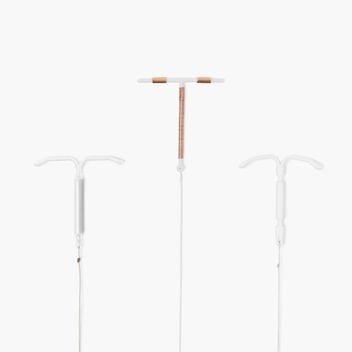What happens when the birth control implant is removed?
A nurse or doctor will take your implant out of your arm after 5 years or whenever you want to stop using it. Nexplanon removal is usually fast and easy. You can keep track of your insertion and removal dates using our birth control app.
When should I get the birth control implant removed?
Nexplanon works for 5 years, and a nurse or doctor must remove it once it expires. You can also get your implant taken out any time before then if you want to get pregnant or stop using it.
If you’ve had your implant for 5 years and you still don’t want to get pregnant, you need to replace it (or pick another birth control method). You can get a new implant when you have the old one removed.
How does it feel to get the birth control implant removed?
Nexplanon removal only takes a few minutes, but the process is a little longer than getting it put in.
Just like with the insertion, a doctor or nurse gives you a shot to numb a small area of your arm. Then they make a small cut and remove the implant. You usually just feel a little pinch or stinging when you get the numbing shot. After that, it shouldn’t hurt when they make the incision or take the implant out.
If you want to continue using Nexplanon, you can get another implant put in during the removal of your old one.
How soon can I get pregnant after getting the implant removed?
It's possible to get pregnant right away. If you get your implant removed and you don’t want to get pregnant, use another method of birth control.
What should I expect after I get my implant removed?
Overall, you should feel completely normal after getting your implant taken out. Your arm may feel tender or swollen around where the implant was for a few days. It may look bruised for a week or two. Your doctor or nurse will tell you how to wash and take care of your skin for a couple of days after removal.
Any side effects that you may have had while on the implant will eventually go away after the implant is out. Unless you start another hormonal birth control method after removing the implant, your period will go back to how it was before you got Nexplanon. You can keep track of your period after removal using our app.
 Abstinence
Abstinence
 Breastfeeding
Breastfeeding
 Cervical Cap
Cervical Cap
 Condom
Condom
 Diaphragm
Diaphragm
 FAM
FAM
 Female Condom
Female Condom
 Implant
Implant
 IUD
IUD
 The Patch
The Patch
 The Pill
The Pill
 The Ring
The Ring
 The Shot
The Shot
 Spermicide
Spermicide
 Sponge
Sponge
 Sterilization
Sterilization
 Vasectomy
Vasectomy
 Withdrawal
Withdrawal